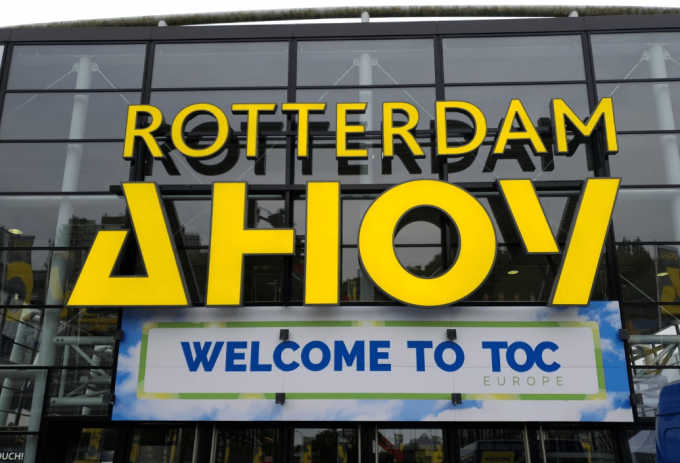Cocaine seizures nearly halve at Rotterdam – smugglers finding new ways?
Stepped-up law enforcement in north European ports appears to be having an effect, with Dutch ...

Two of Europe’s largest container gateways, Rotterdam and Hamburg, today revealed that they have been involved in ’unprecedented levels of collaboration’.
Joyce Bliek, director of digital business solutions at Rotterdam, told delegates at the TOC Container Supply Chain event in Rotterdam: “In the last couple of months Hamburg and Rotterdam have shared port call data to try to optimise port calls of the shipping lines in the North Europe area.
“We are now at the stage of connecting systems, even though we are two competing ...
Amazon pushes into LTL for small package fulfilment and UPS does a u-turn
New senior management for DSV as it readies for DB Schenker takeover
Volumes set to 'fall off a cliff' as US firms hit the brakes on sourcing and bookings
Asian exporters scramble for ships and boxes to beat 90-day tariff pause
Temporary tariff relief brings on early transpacific peak season
'Tariff madness' will prompt renegotiation of ocean shipping contracts
Forwarders 'allowing the fox into the chicken run' by supporting 'hungry' carriers
Response to tariffs by Chinese importers may see extra costs for US shippers

Comment on this article